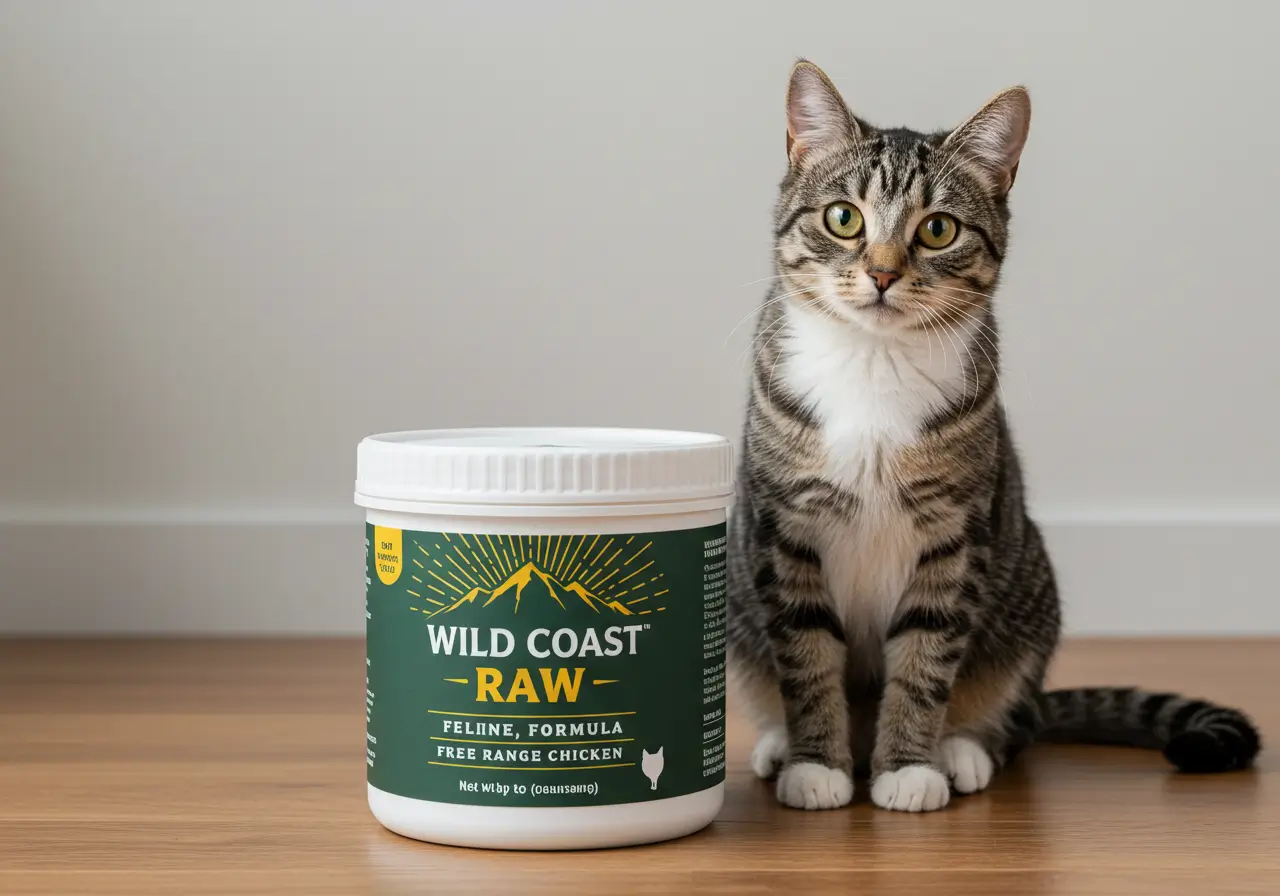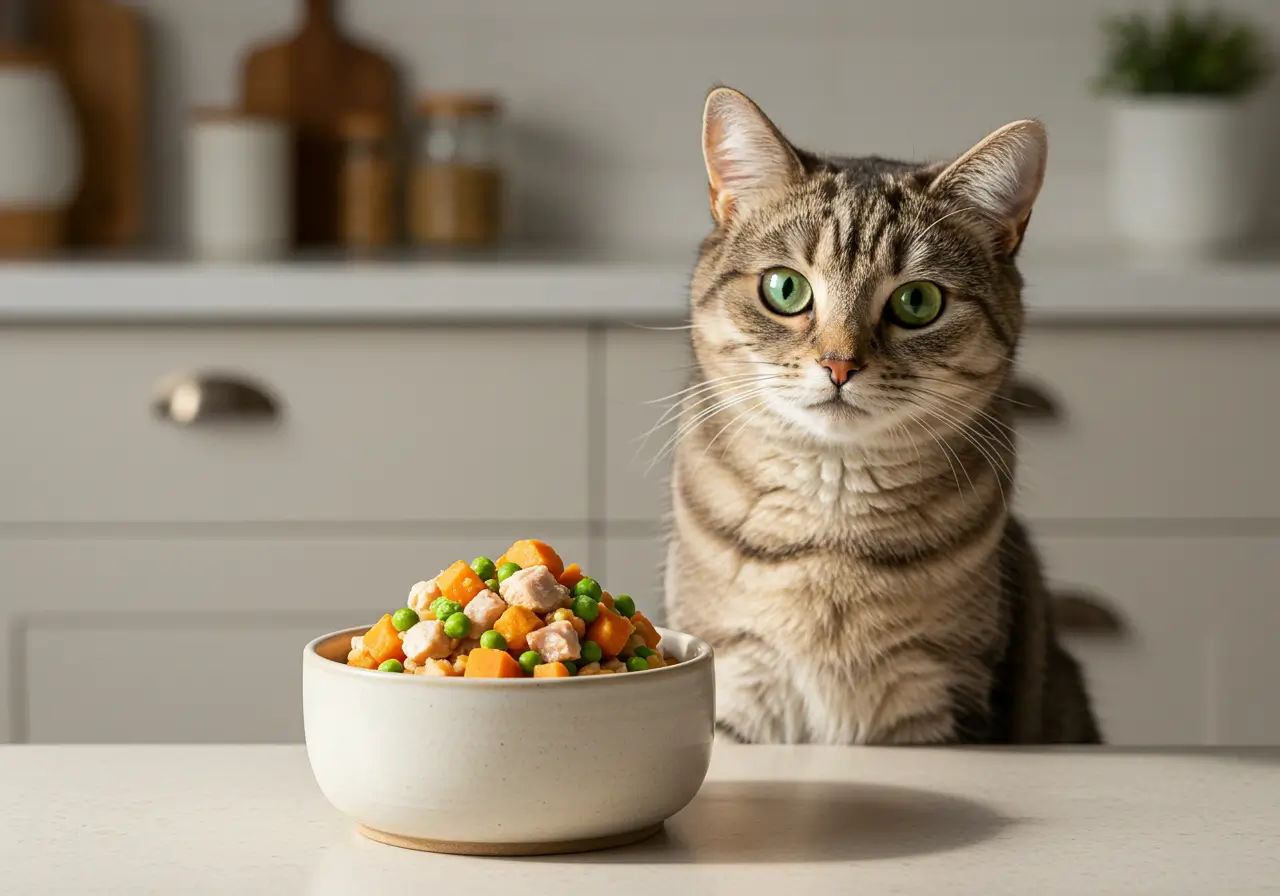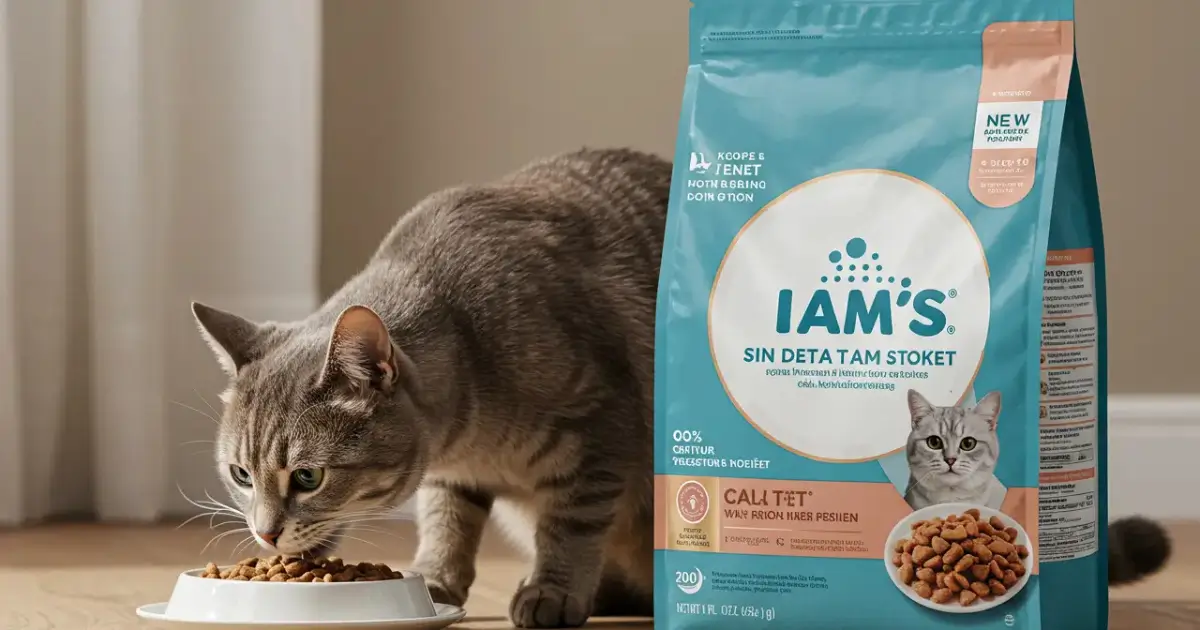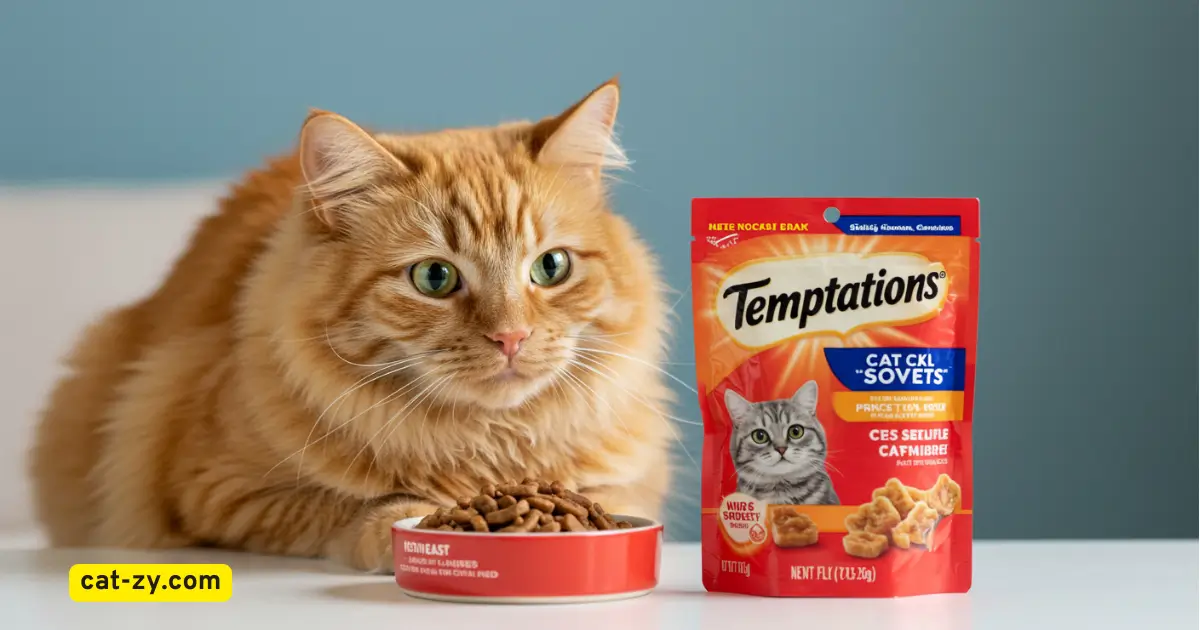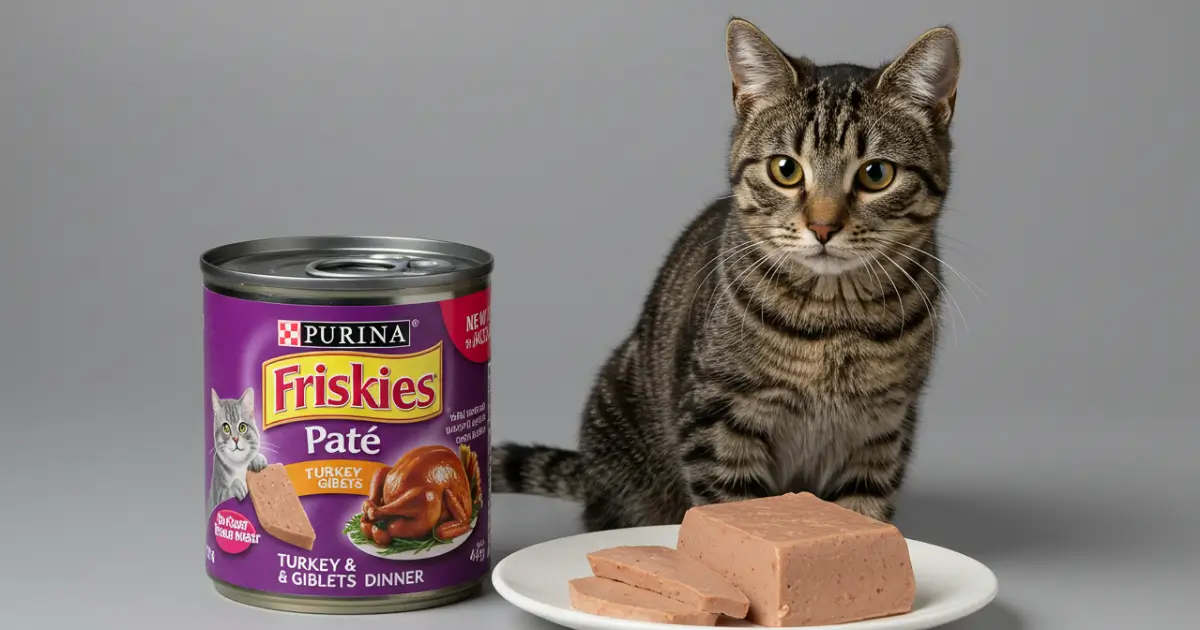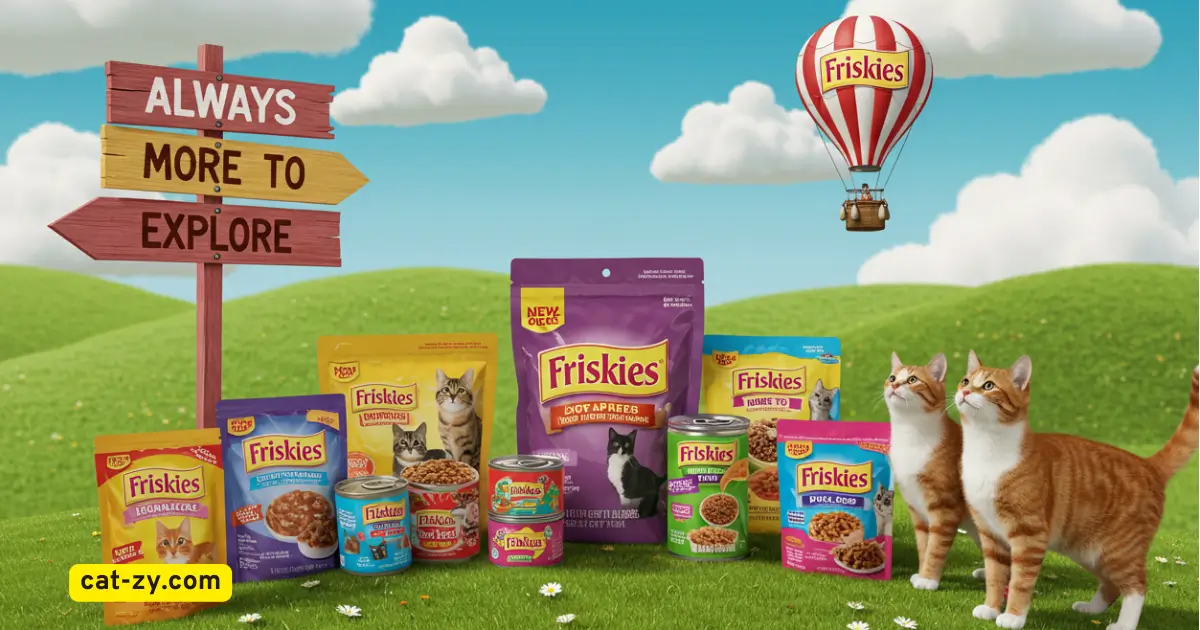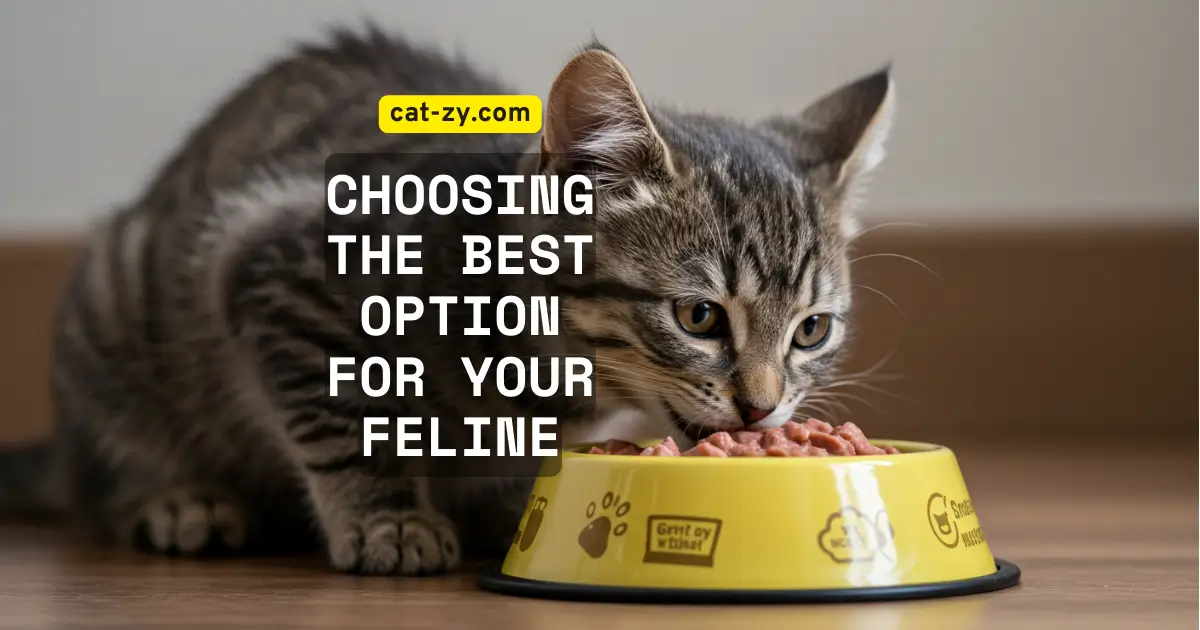Critical Bird Flu Risk: FDA Recalls 5 Cat Food Brands
Have you ever considered what lurks in your cat’s dinner bowl? A shocking 67% of us feline fanatics obsess over our cats’ nutrition as the cornerstone of their health. Yet right now, an invisible threat may have already infiltrated your pantry. The FDA’s bombshell announcement—a massive recall of numerous cat food brands potentially contaminated with deadly Bird Flu (H5N1 avian influenza)—has sent shockwaves through millions of households nationwide.
This isn’t just another routine quality control hiccup. It’s a five-alarm emergency that exposes critical vulnerabilities in what we’ve trusted to nourish our purring companions.
Table of Contents
The Ugly Truth Behind the Recall
The FDA didn’t mince words: emergency testing detected highly pathogenic H5N1 avian influenza virus strains lurking in both raw and—more alarmingly—supposedly “safe” processed cat foods. How did this happen? Investigators point to infected poultry entering the food chain unchecked, compounded by manufacturing facilities that failed dismally at implementing proper heat treatments that would typically obliterate such viral contaminants.
What’s particularly terrifying? This recall cuts across every market segment imaginable. Premium brands you’ve paid top dollar for? Affected. Budget-friendly options? Not spared. Wet food, dry kibble—nothing seems sacred. Products manufactured between November 2024 and March 2025 deserve your immediate scrutiny, as this window aligns perfectly with documented outbreaks in poultry populations.
When Bird Flu Jumps Species: Your Cat’s Deadly Risk
Unlike some diseases that politely respect species boundaries, H5N1 avian influenza laughs at such limitations. Cats don’t just get mildly ill from this pathogen; they can develop catastrophic respiratory and neurological complications. Cornell University’s sobering research reveals a nightmarish reality: documented feline outbreaks show a staggering 70% case fatality rate. Let that sink in—seven out of ten infected cats may not survive.
Your cat faces double jeopardy if they enjoy outdoor adventures. Natural hunters by instinct, they might encounter infected wild birds, compounding their exposure risk beyond just what’s in their food bowl.
Red Flags: When Minutes Matter
If your cat has devoured potentially tainted food, time isn’t just money—it’s life itself. Watch vigilantly for these warning signs:
- Sudden, inexplicable collapse into lethargy
- Food refusal (even treats they’d normally kill for)
- Breathing difficulties: wheezing, gasping, or labored respiration
- Fever above their normal 100.5°F-102.5°F range
- Terrifying neurological symptoms: stumbling, disorientation, or seizures
- Rapid, dramatic deterioration in overall condition
Don’t wait and see. Don’t second-guess. Veterinary intervention within the first 48 hours boosts treatment success rates by 40%—the difference between life and death for your beloved companion.
The Blacklist: Brands Under Fire
Current recall notices target these manufacturers, though this list could expand alarmingly as investigations intensify:
- WhiskerDiet Premium Cat Cuisine (all poultry varieties)
- Natural Feline Balance (chicken and turkey formulations)
- Gourmet Cat’s Delight (all raw frozen products)
- PurrFection (select canned chicken recipes)
- MeowMix Premium Selection (poultry varieties manufactured between January-March 2025)
The Experts Weigh In: Urgent Advice You Can’t Ignore
Dr. Amanda Felton, veterinary nutritionist and feline health specialist, doesn’t sugarcoat the situation: “Even if your cat seems perfectly fine after eating recalled products, don’t be fooled. Avian influenza’s insidious incubation period stretches from 3 to 10 days. Every additional bite of contaminated food exponentially increases their risk.”
Dr. Marcus Chen, a renowned veterinary virologist, adds this chilling fact: “What makes H5N1 particularly insidious in pet food is its remarkable resilience. Unlike many pathogens affecting humans, this virus remains viable in frozen products for up to 12 months under certain conditions. Only proper cooking at temperatures exceeding 165°F can completely denature it.”
If you’re concerned—and you should be—experts unanimously recommend these immediate steps:
- Cross-reference every single cat food product against the FDA’s recall list
- Preserve packaging and batch codes from suspicious products (potential evidence for testing)
- Rush to your veterinarian at the first whisper of symptoms
- Consider testing even seemingly healthy cats who’ve consumed recalled products—early detection skyrockets positive outcomes by up to 60%
Epidemiologists emphasize this stark reality: what you do within the critical 72-hour window after potential exposure could determine whether your cat lives or dies.
Fatal Mistakes Even Loving Cat Parents Make
Tuning Out Recall Notices
A staggering 42% of pet owners admit they rarely if ever check for product recalls. Many stubbornly cling to the dangerous fallacy that only budget brands face quality issues. The brutal truth? Premium products can be equally contaminated. Set up FDA alerts now or download one of several apps dedicated to tracking pet product recalls.
Kitchen Experiments Gone Wrong
Panic often drives well-meaning cat parents to concoct homemade alternatives without proper nutritional guidance. A frightening 89% of online DIY cat food recipes fail to provide even basic feline nutritional requirements. Your cat’s taurine needs, critical for heart and eye health, can’t be ignored—deficiency can develop in just 3-4 weeks on an imbalanced diet, with potentially irreversible consequences.
Cross-Contamination Chaos
Multiple-pet households frequently share food bowls, preparation surfaces, and storage containers—a perfect storm for spreading contamination. One contaminated product can infect every feeding surface in your home. Sanitize everything that may have contacted recalled products with a 1:10 bleach-water solution, proven effective against avian influenza.
The Half-Cooked Fallacy
Think briefly warming cat food kills the virus? Think again. H5N1 requires sustained temperatures of at least 165°F (74°C) for a full 15 minutes for complete denaturation. Most home “warming” doesn’t come close to these thresholds, leaving viable viral particles ready to infect your unsuspecting cat.
Safe Havens: Verified Alternatives
Commercial Safe Harbors
These manufacturers have confirmed their processes remain unaffected by the current crisis:
- Feline Nutrition Essentials (all products)
- Royal Health Feline Formula (fish-based varieties only)
- PurrPerfect Balance (products manufactured after April 2025)
- Veterinary Select Prescription Diets (all varieties)
What sets these brands apart? Independent testing laboratories, meticulous temperature monitoring throughout production, and pathogen destruction verification at critical control points.
Emergency Homemade Solution (Veterinarian-Approved)
When commercial options vanish from shelves, this emergency recipe can sustain your cat for 7-10 days:
- 3 oz chicken breast (thoroughly cooked to 165°F)
- ¼ cup cooked white rice
- 1 tablespoon cooked carrot
- ½ teaspoon fish or olive oil
- ¼ teaspoon taurine supplement (pet store staple)
This 250-calorie formulation meets minimum short-term requirements for an average adult cat. Remember: this is strictly temporary life support—not a long-term nutritional solution.
Beyond the Crisis: Protecting Your Feline Family
This unprecedented recall represents both acute danger and crucial awakening. The threat is serious—potentially fatal—yet manageable with immediate, informed action. Check every cat food product against recall lists now. Monitor your cat with heightened vigilance. Transition immediately to verified safe alternatives.
Remember the stark reality: your cat’s survival may depend entirely on how quickly you recognize symptoms and seek veterinary care. Early intervention isn’t just beneficial—it’s often the difference between life and death.
Your cat trusts you implicitly with their wellbeing. In this crisis, that means choosing safety over convenience, vigilance over complacency, and immediate action over wait-and-see hesitation.
Burning Questions Answered
Q: Can humans catch bird flu from infected cats? A: Yes—though rare, zoonotic transmission has occurred. CDC has documented cases of human infection after close contact with infected cats. Wear gloves when handling suspicious cat food, and wash hands thoroughly after interacting with potentially exposed cats.
Q: How long should I watch my cat after they’ve eaten recalled food? A: Monitor relentlessly for at least 14 days—this covers the maximum incubation period for avian influenza in cats. Document any behavioral changes, appetite fluctuations, or physical symptoms, no matter how minor they seem initially.
Q: Will pet insurance cover treatment costs? A: Most comprehensive policies cover illnesses from contaminated pet food, but coverage varies dramatically. Contact your provider immediately, referencing the official FDA recall notice in your claim discussions.
Q: Are kittens more vulnerable than adult cats? A: Devastatingly so. Kittens under 6 months old face approximately 2.5 times higher mortality rates when infected with avian influenza compared to adult cats, due to their developing immune systems and limited physiological reserves.
Q: Should I return recalled products to where I bought them? A: Absolutely not. The FDA explicitly warns against returning recalled products to retail locations, as this could spread contamination. Document product details thoroughly (photograph packaging and batch codes), then seal and dispose of products according to local hazardous waste guidelines.
Q: How do I get my money back? A: Most manufacturers have established streamlined refund processes that don’t require physical product returns. Visit the manufacturer’s website or call their customer service line with purchase proof to initiate refunds.

